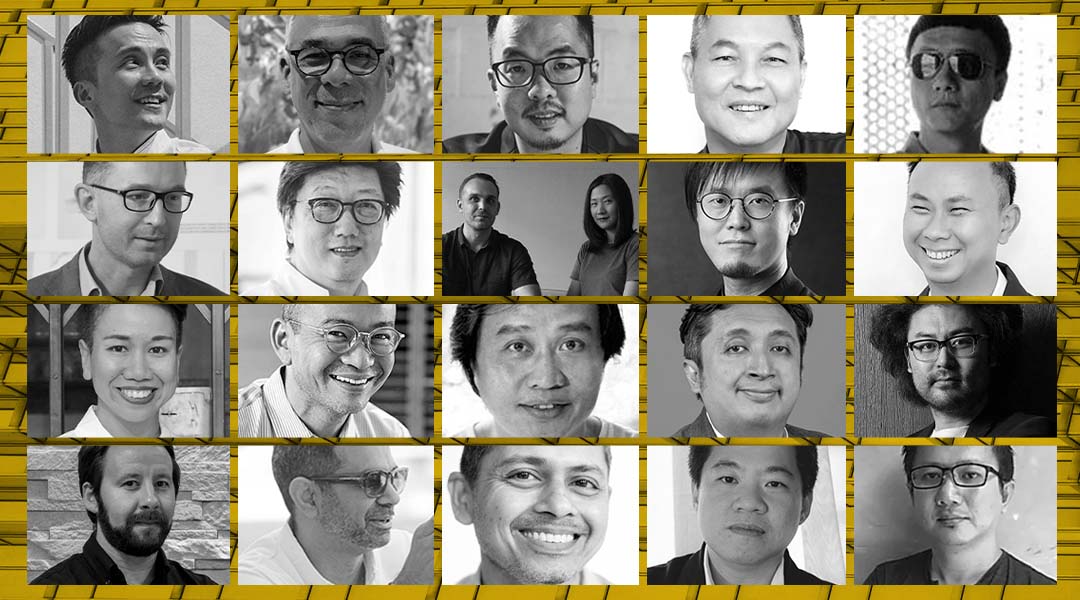
Asian practices discuss ‘Life After COVID-19’
Asia, the world’s largest continent, recorded the first case of the novel coronavirus (SARS-CoV-2) last December 2019 in Wuhan in Hubei, China. Inevitably, nations in the mainland region are heavily affected, particularly India (about 473,000 cases as of June 25), Iran (about 213,000 cases as of June 25), and Pakistan (about 193,000 cases as of June 25). Globally, India is the fourth worst-hit nation, following the United States, Brazil, and Russia. In Southeast Asia, Indonesia (49,009 cases as of June 25), Singapore (42,623 cases as of June 25), and the Philippines (32,295 cases as of June 25) are reportedly the worst-hit nations.
In spite of the global pandemic, some Asian countries are able to mitigate the spread of the coronavirus through a combination of different approaches, and are progressively lifting lockdown measures and entering the “new normal.” The first Southeast Asian country to lift its lockdown was Vietnam, with services slowly going back to regular operations. Through its stringent policies, as of June 25, the country was reported to have only 352 confirmed cases, 329 recoveries, and no deaths. In South Korea, the novel coronavirus was effectively contained within a month. New cases fell from 800 to fewer than 100 during the first two weeks of March, while several schools and businesses reopened in the third week of May. Although the number of cases began to increase as the country was slowly recovering, South Korea remains as one of the countries with an impressive healthcare system, seen in their recorded numbers as of June 25: 12,563 confirmed cases, 10,974 recoveries and 282 deaths. Like South Korea, Singapore’s numbers are also proving how the country is slowly progressing through COVID-19. As of June 25, out of 42, 623 cases in the country, 36,299 have already recovered, while their death toll is still as low as 26.
Last June 17, a Talking Architecture episode, “Asia – Life After COVID-19,” hosted by the World Architecture Festival (WAF), virtually gathered 20 Asian practices to tackle the impact of COVID-19 on architects, architecture, and city planning in Asian countries, with WAF Programme Director Paul Finch and Royal Institute of British Architects president and Architectural Association School of Architecture vice president Paul Hyett offering a London/international perspective. Among the panelists are Manila-based architects and previous WAF finalists Emmanuel Minana of Emmanuel A. Miñana & Associates, and William Ti, Jr. of WTA Architecture and Design Studio.
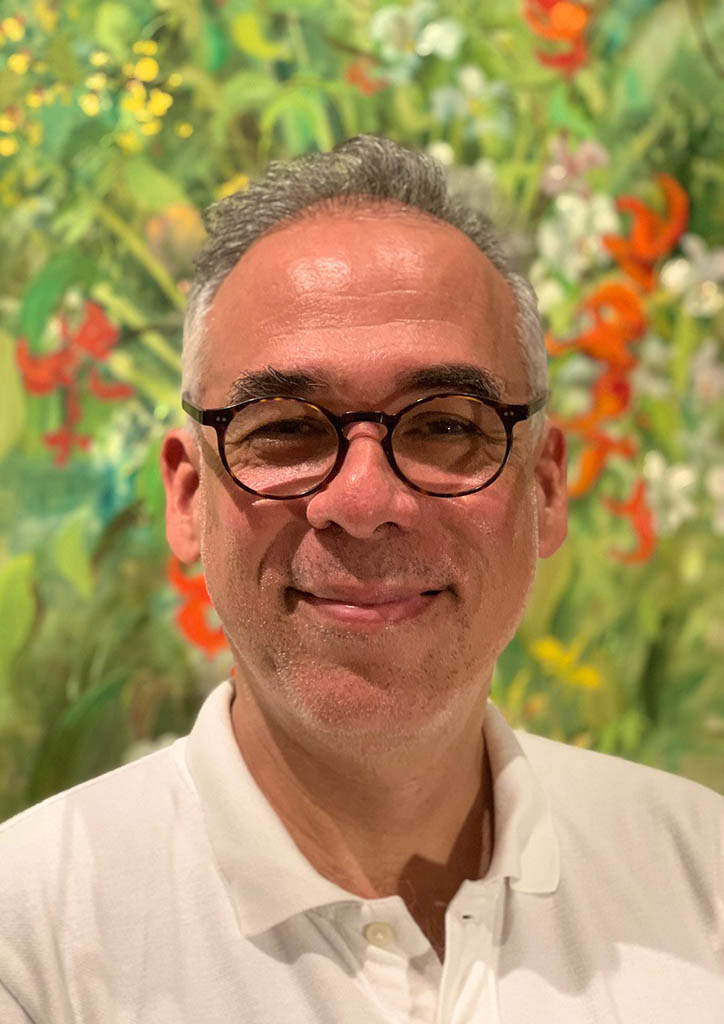
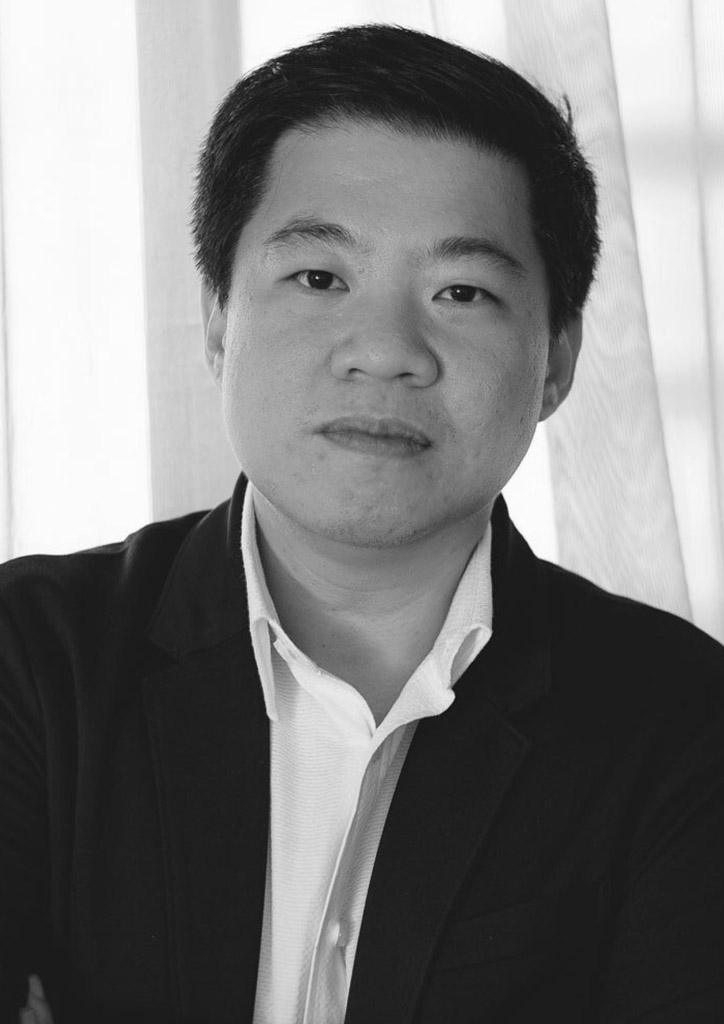
Prior to the webinar, BluPrint spoke to Miñana and asked about his expectations of the webinar. He says: “There are many things that we all share because we’re all affected by this pandemic. Our bodies are all subjected to the same conditions,” he says. “Personally, I think this pandemic has shown that there is no differentiation anymore from an international and local perspective, except maybe for technology and materiality, design application, behavioral habit, cultural habits. We may have some differentiation, but we can be generally very similar to each other.”
True enough, the issues and solutions presented through the webinar can be observed and applied in most nations within the continent. Three main points were discussed: 1.) decentralizing economic power and services, 2.) taking advantage of technology and innovations in materiality, and 3.) recreating relationships with the external world and nature.
YOU MIGHT LIKE: Innovative workplace solutions in the time of COVID-19
Decentralizing economic power and services
Asia is home to some of the world’s most densely populated cities, according to a report on The Street last April 2020 based on Our World in Data’s 2014 report: Dhaka in Bangladesh (44,000 people per square kilometer), Mumbai in India (32,300 people per square kilometer), Hong Kong (25,700 people per square kilometer as 2011 data), Metro Manila in the Philippines (14,400 people per square kilometer), and Bandung in Indonesia (12,400 people per square kilometer). In these densely populated and highly urbanized cities are where viral and other infectious diseases spread fast and hit the worst.
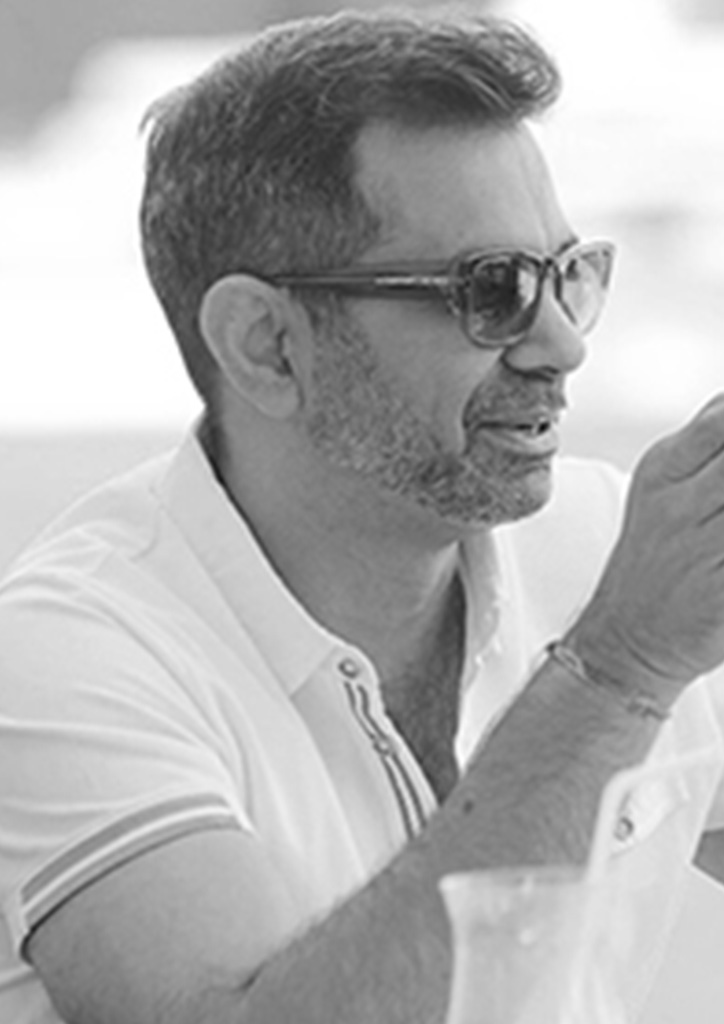

[one_third_last padding=”0 10px 20px 0″]
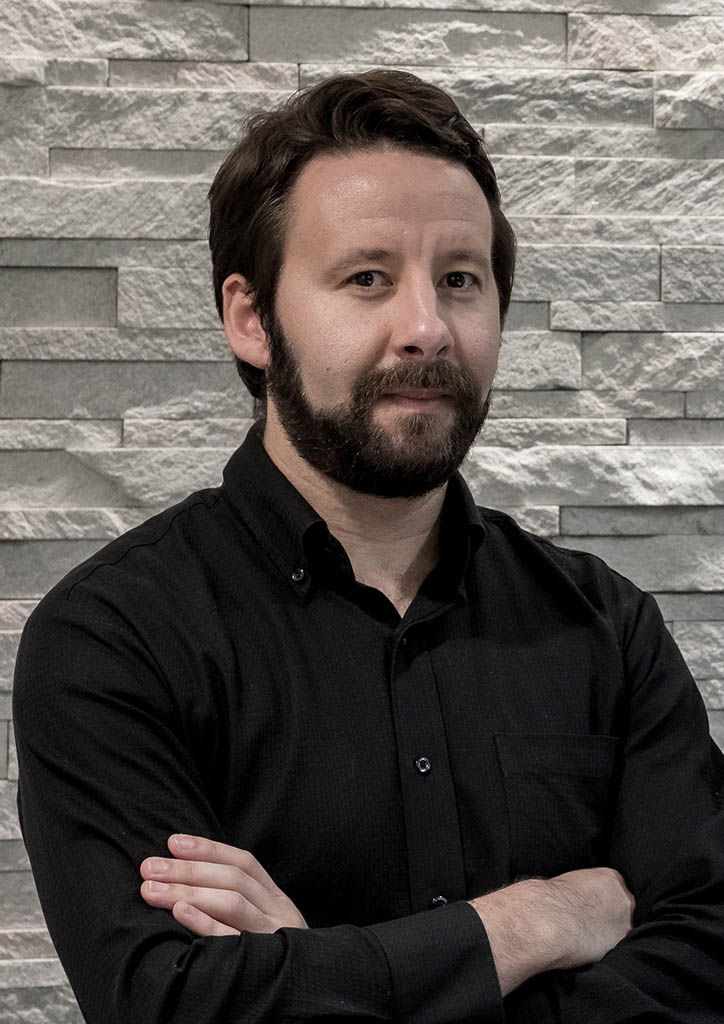
Mumbai-based architect Sanjay Puri of Sanjay Puri Architects says that “Mumbai is one of the worst planned cities” with the “largest slum in the world,” which makes it difficult for the city to combat the spread of the novel coronavirus. As services and businesses are concentrated within the city, Puri reveals that 60% of the city’s population is migrant workers. Daliana Suryawinata and Florian Heinzelmann of Indonesian studio SHAU Architects saw the problem in city centers, particularly in Indonesia, where economic power and services are concentrated. They raised issues in reaching rural communities, especially in providing care and basic services during the pandemic, and offered a resolution: decentralizing and creating micro-centers.
Finch adds that although urban density can be a good thing, concentrating people and services in one area could be disadvantageous in times of pandemics.
Japan-based studio KTX archiLAB’s Farid Ziani agrees, saying that this is the time to accelerate what is already going on: moving back to smaller cities or towns and establishing smaller facilities, and allowing people to work remotely. In the Philippines, megacities in the three major island groups are already established: Metro Manila, Metro Cebu, and Metro Davao. However, these cities are congested already, and collocating other services and businesses in smaller cities and towns is yet to be done in the country.
READ MORE: Post-Pandemic Deconstruction
ONG&ONG’s Robert Brodeth shared what has been done already in Singapore, where, instead of intensification of power and services throughout the country, a “neighborhood catchment of services” is activated, allowing for auxiliary facilities to help during the pandemic. This means people in certain neighborhoods are provided with basic necessities or services within their area. Hence, there would be no need to commute or travel to other parts of the city-state, which minimizes the risk of spreading the coronavirus further.
Ti also sees the need to spread out developments outside city centers and distribute the system into networks to augment the lack of facilities or services in other cities. Miñana also raised the country’s mass transport problems or the lack of it, which would be vital in the creation of satellite cities and auxiliary facilities outside the metropolitan areas.
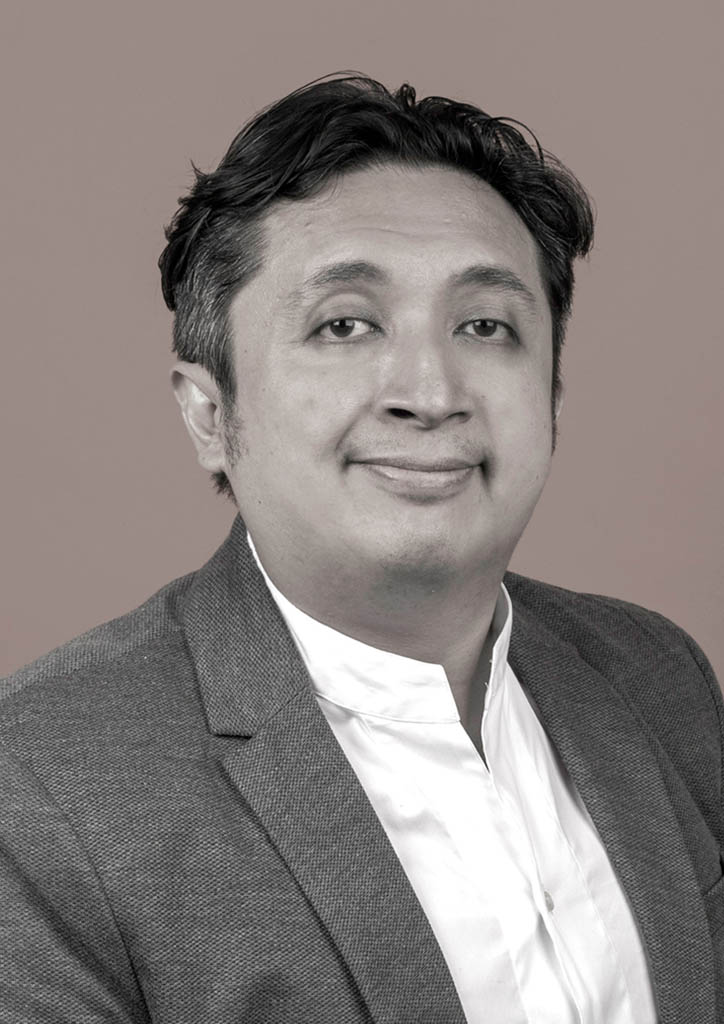

[one_third_last padding=”0 10 20px 0″]

Principal of Malaysian firm O2 Design Atelier Edric Choo Poo Liang furthers on the idea of providing a single city with basic human necessities. He mentions that there is a need for “self-sustaining communities”, along with the provision of containment within a city. Liang adds that in order for this plan to work well, centralization should be dispersed, meaning that the services in a single area should manifest in the other cities as well. He underscores that there is a need for interconnectivity, mirroring the concept of inclusive neighborhood cities.
Another topic briefly discussed is the issue with high-rise buildings that dominate the urban areas. Thai studio Creative Crews Ltd’s Puiphai Khunawat suggested that the architecture and design industry should think about tall building design enhancements and construction materials that would cater to the protocols on infectious diseases. Finch added that while tall buildings are not going away, the “era of the high-rise will be limited” as more people would opt to live in homes closer to the ground (to avoid using elevators) in low-rise neighborhoods, and therefore would require a redesign or retrofit.
YOU MIGHT LIKE: Why we need to get our tall buildings right
Taking advantage of technology and innovations in materiality
With the onslaught of the novel coronavirus pandemic worldwide, people resorted to taking over another kind of space: cyberspace. “Thankfully, we are a wired society,” says Theodore Chan of Singapore-based firm CIAP Architects Pte Ltd, as technology allows people to communicate and work wherever they are in the world. Hyett also comments that some people even observed that “communication is better now” than it was before the pandemic.

[one_half_last padding=”0 10px 20px 0″]

While some businesses adopted the work-from-home scheme and all forms of communication are done virtually, more contactless features are employed in essential offices, public spaces, and public transportation. Brodeth emphasized the importance of incorporating contactless features into the architecture, as well as the use of surfaces or materials that are easier to clean and are less susceptible to bacteria or viruses.
However, not all cities or nations are completely wired like the more developed countries in the continent. Heinzelmann comments that balancing the use of technology in this pandemic is tricky because the rural areas or the smaller towns are not as tech-enabled, which can be solved by decentralization. Ti also expressed his concern for the underprivileged and is looking for ways to help tackle low-cost housing.
Recreating relationships with the external world and nature
More than anything, Miñana raised the need to have a “bio-spiritual” perspective in designing and planning spaces for the new normal. He said that the industry has been advocating for greener, healthier, smarter, and more sustainable designs for several years, and it is high time to examine the synchronicity of earth and human life. While the previous years have been focused on keeping the environment healthy, he suggested that architects, designers, and planners should think holistically and more consciously about human health and life. He stressed that there is a need to create a healthy ecology–an environment that provides a good sense of balance and relationship between the users and their surroundings. Liang cascades the same idea saying that we should “move back to green and garden cities.”
In relation to the idea of healthy environments, Miñana delved on vernacular architecture features, discussing that even in the early 20th century, the inclusion of balconies, terraces, aerated hallways, and the like have always been known to bring some sort of diffusion of any viral infection. Finch then included clean and fresh air as one of the main takeaways in the webinar, saying that ventilation has always been and should always be more than just a consideration in architecture.
READ MORE: How do we make sure Asia’s megacities are healthy cities?
While the pandemic urged people to become conscious about sanitation, socialization, and space—to distance themselves, communicate or socialize virtually, minimize tactile activities, and keep a healthy environment—Hyett pointed out that “some things are better because of the intense, physical connection.” What then should architects, designers, and planners do?
Ti’s answer to how the architecture and design industry should plan cities after the pandemic is the reactivation of community spaces, sharing that his studio is currently exploring this concept. “We need a space that we can walk around while still keeping a distance,” he says. The architect adds that he sees the pandemic as a “reset button” to every nation, especially to architects, designers, and planners.
Eisuke Tachikawa of Japanese studio NOSIGNER mentioned how the Bauhaus movement emerged after the Spanish Flu. He elaborates that the ongoing pandemic should be a motivation for design, focusing on what the built environment can contribute to the betterment of every community and of the entire surroundings.
Watch the webinar:
READ MORE: Life After COVID-19: A webinar on post-pandemic design and planning


